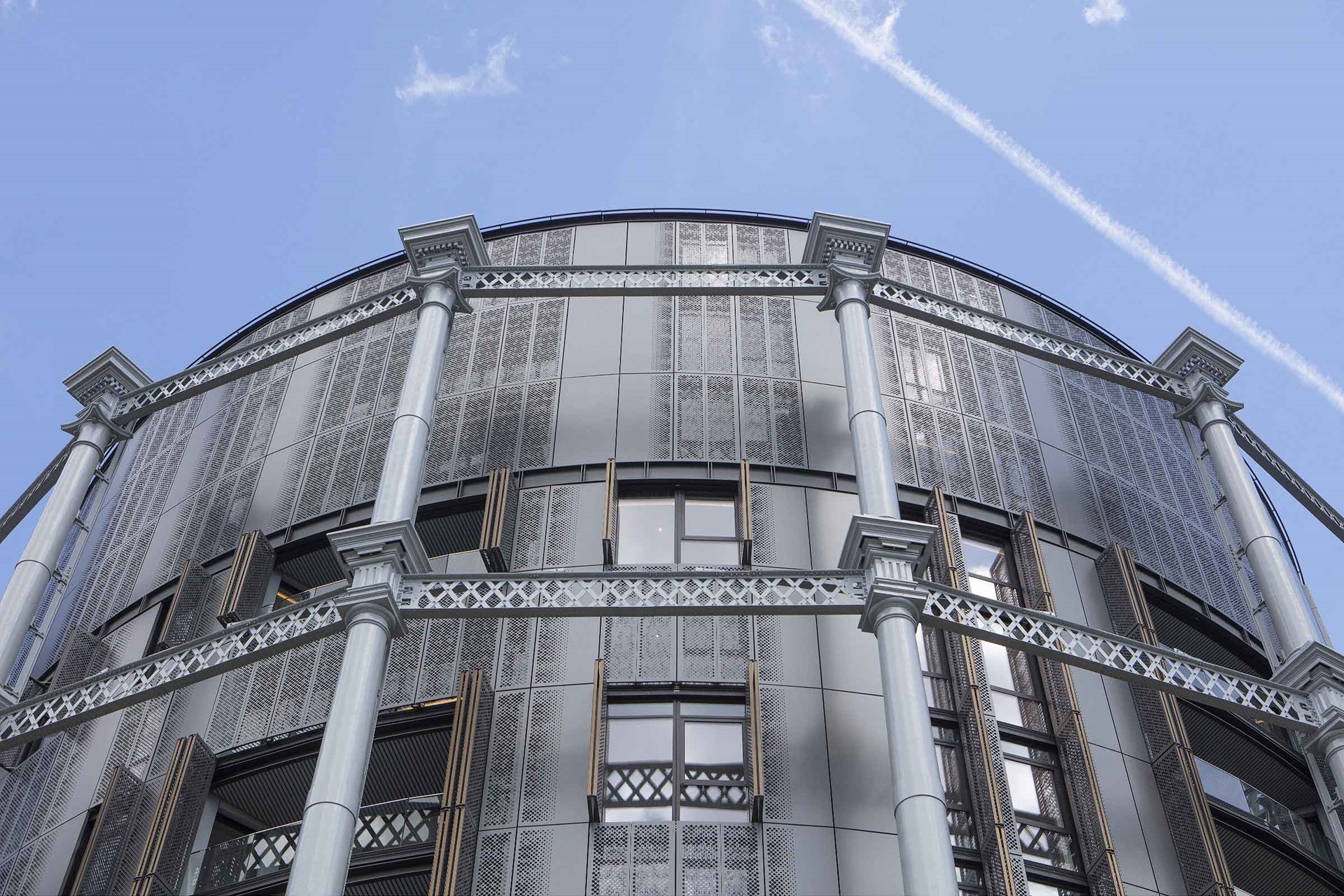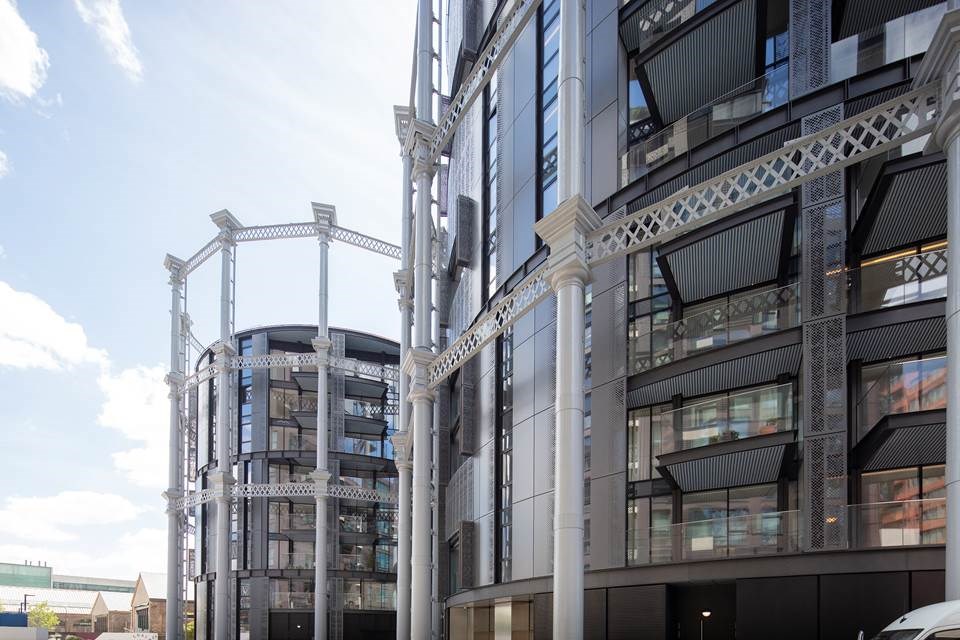The construction industry is now looking at how the sector can not only recover, but also perform better following the disruption of covid-19. Here, Graham Hurrell, our marketing and technical director, looks at the benefits of offsite manufacturing and its role in improving the way we build from now on.
Offsite manufacturing has seen an increase in uptake in recent years, but those projects have remained exceptions rather than the majority. This is despite clear benefits of adopting this approach to construction, especially when it comes to glazing and facades.
The need for the industry to adopt modern methods of construction (MMC) has long been discussed, however it has gained fresh attention as the industry looks at how it can recover from the impact of COVID-19. Many contractors, developers and housebuilders have already announced their intention to invest further in MMC, and in particular offsite and modular construction.
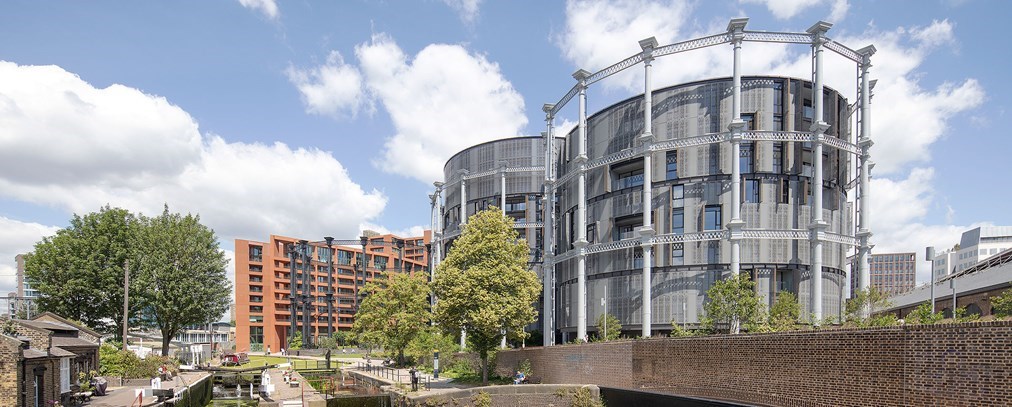
Offsite manufacturing of facades
Implementing a unitised approach to the glazing and facades is one area of the project where offsite processes have particular benefits. Unitised systems consist of prefabricated units, typically the width of a glazing bay and one or two storeys high. The panels are fully glazed and sealed offsite, with gaskets and glazing pre-installed. The complete units are then moved to site for swift and easy installation on to the steel or concrete frames. Integrated location and carrying devices lock the panels in the correct relationship to one another.
The Benefits
Improved Quality and reduced on-site snagging
Manufacturing prefabricated units in an offsite facility allows greater control over the processes and helps ensure the quality and consistency of all systems and components. The construction of each unit can be easily monitors and checked at each stage and before it leaves the factory. This not only reduces the risk of defects but also prevents issues on site, which can be more difficult, time consuming and costly to rectify. The factory environment also minimises the risk of damage, and so reduces the chance of waste.
Improved Safety
The controlled conditions also help to improve safety. The work processes can be designed to maximise safety, as there is no need to work around other constraints. It also minimises the amount of work that must be conducted at height when onsite, further eliminating the risk of accidents and injury. Furthermore, apprentices and trainees can learn and hone their skills and techniques in a safe and suitable environment where the safety impact of a mistake is far smaller.
Shorter build programmes and reduced delays
Offsite fabrication also significantly reduces the time required on site to complete a given element of the build. In the case of facade installation, this reduction in time on site could be as much as 70%. The delivery of the units to site can be scheduled for exactly when they are needed and installed sqiftly, preventing clashes with other contractors and trades and minimising delays to the overall build. The progress of the project is also much less vulnerable to poor weather, something that is becoming more important as the UK's weather becomes more extreme and less predictable.
Ideal for restricted sites
For many city-centre projects, the size of the site is often only slightly larger than the footprint of the building itself, meaning space to work and store materials is severely restricted, Offsite manufacturing has the potential to help solve the issues of small or restricted sites, as no materials need to be stored on or close to the project.
Design Freedom
A unitised approach to facade construction allows architects and specifiers the freedom to create the facade that matches their design intentions. Stone cladding, metal, composite or polycarbonate panels can all be integrated into the system as well as windows, doors, solar photovoltaic panels and sun shading. The higher quality of construction that is possible in the factory environment also allows high standards of thermal and acoustic performance
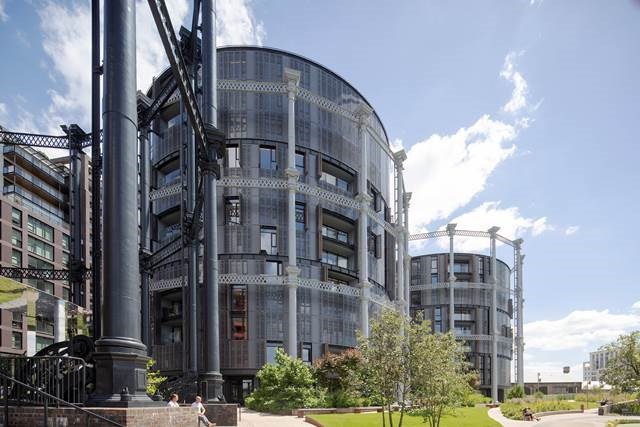
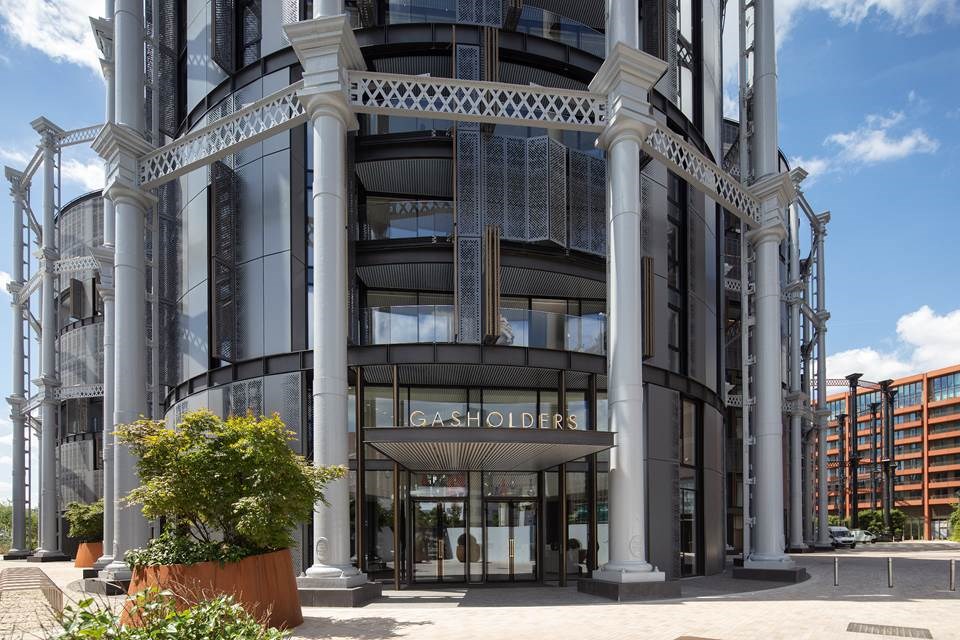
Case Study example of an offsite constructed unitised facade: Gasholders, London
A unitised version of our WICTEC system was recently used on the redevelopment of three redundant gasholders in the Kings Cross area of London. The skeletal drums that once stored supplies of town gas now contain 145 residences in three fully cylindrical buildings. The development earned both a RIBA London Award and a RIBA National Award in 2018.
Based on a detailed performance specification, the WICTEC system was identified as the most applicable to the project's demands. It had to meet stringent thermal requirements, which were made more complex by the need to accomodate penetrations through the facade to support the balconies and solar-shading systems.
The RIBA Judges commented: "The heavy industrial structures in their full restoration remain as a dominant feature on the new skyline of Kings Cross. Sitting comfortably within these structures are the three residential drums, clad in a delicate and intricate aesthetic of steel and glass panels, with a veil of external shutters pierced in a pattern of circles to allow dappled light into the rooms.
These create a homogenous yet dynamic skin, paying homage to the original drums which once sat in these gasholder guide frames. However, they also fulfill a functional and environmental requirement for modern living. The judges were impressed by the facade design: addressing the challenges of privacy, solar shading and window dressing, while celebrating the industrial heritage of the gasholder."
